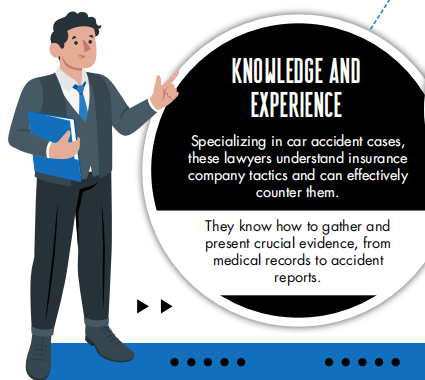In the aftermath of a multi-vehicle accident, determining fault resembles a complex web. Navigating through the intricacies requires a careful consideration of principles, evidence, and the challenges associated with assigning blame.
Principles at Play: Unraveling the Thread of Negligence
Establishing liability in multi-vehicle accidents often hinges on the principle of negligence. This principle asserts that the party deviating from the standard duty of care on the road is responsible for the collision. However, amid a tangled accident involving multiple vehicles, identifying the negligent party becomes a daunting puzzle.
Contributory negligence is another principle that adds a layer of complexity. This holds that more than one party may share responsibility for the accident. Each driver involved may bear a percentage of fault, further complicating the assignment of blame.
Evidence: Piecing Together the Mosaic of the Accident Scene
In the digital age, evidence is abundant, yet sorting through the sources to establish a clear sequence of events can be challenging. Witness statements, traffic camera footage, vehicle black box data, and expert analyses serve as valuable pieces of the puzzle. However, they can also lead to conflicting interpretations.
Eyewitness accounts, while valuable, are subjective and can be influenced by individual perspectives and biases. Technology-driven evidence, such as data from vehicle black boxes or traffic camera footage, may require expert analysis for accurate interpretation.
Challenges in Assigning Blame: Navigating the Complexities
Assigning blame in multi-vehicle accidents is a delicate balancing act due to the intricate circumstances leading to the collision. One significant challenge is the issue of causation—determining which actions directly led to the accident can be akin to finding a needle in a haystack, especially when multiple factors contribute simultaneously.
Chain reaction accidents pose another challenge. When one vehicle collision triggers a domino effect involving several vehicles, pinpointing the initial catalyst becomes challenging. The question of whether a driver could have reasonably anticipated the chain reaction further complicates matters.
Legal Frameworks: Adding Another Layer to the Tangle
Legal frameworks also play a role in the challenges of assigning blame. Different jurisdictions may have varying rules for apportioning faults in multi-vehicle accidents, adding another layer of complexity. Some regions follow a comparative negligence system, assigning a percentage of fault to each party, while others adhere to contributory negligence, barring recovery for parties found even minimally at fault.

In the labyrinth of multi-vehicle accidents, the choice of a legal advocate is pivotal. Marquez Law Office emerges as a beacon of expertise in navigating car accident settlement complexities. With a seasoned team of car accident attorneys in Chico, CA, we specialize in unraveling the intricacies of multi-vehicle accidents. From evidence gathering to negotiating with insurance companies, we bring a wealth of experience to every stage of the legal process.
Reach out to us to navigate the aftermath of a multi-vehicle accident.




